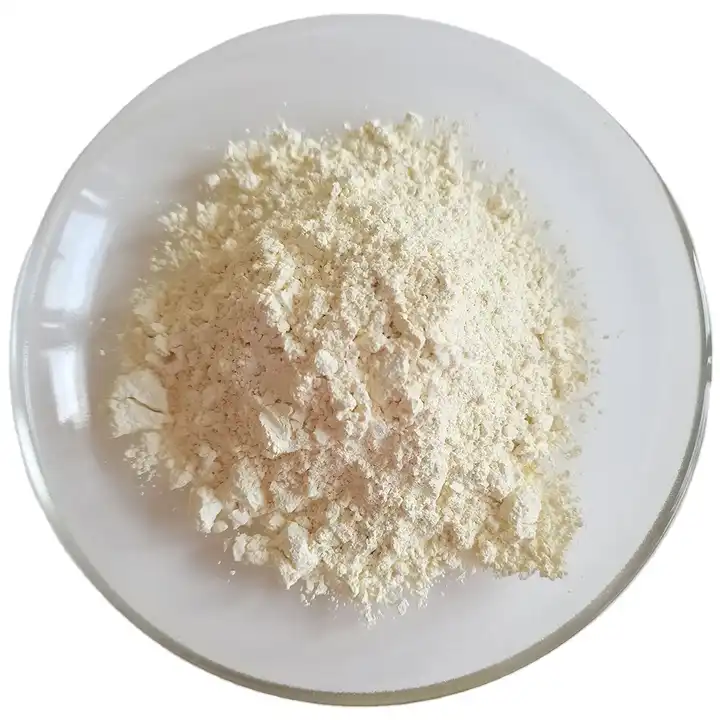 YuYi
YuYi
 Aug 28,2023
Aug 28,2023

Cerium(III) carbonate hydrate, also known as cerium carbonate, is an important rare earth compound with diverse applications. It is commonly used in catalysts, solid oxide fuel cells, and other fields. A common method for producing cerium(III) carbonate hydrate will be described below.
Materials Preparation: A cerium source and a carbonate source are required for the production of cerium(III) carbonate hydrate. The source of cerium is usually cerium oxide (CeO2), while the source of carbonate can be sodium carbonate (Na2CO3) or other alkali metal carbonates.

Material pretreatment: First, mix the cerium oxide powder with the carbonate source evenly. This can be done in a dry environment to prevent the material from absorbing moisture.
Mixing and calcination: The mixed powder is placed in a high-temperature furnace for calcination. Calcination is to heat the powder at a high temperature to cause a chemical reaction. At an appropriate temperature, cerium oxide reacts with carbonate to form cerium(III) carbonate hydrate.
Cooling and Collection: After calcination, the product was removed from the furnace and allowed to cool. After cooling, a solid product can be obtained. These products can be collected, isolated, and further processed.
Property adjustment: The obtained cerium(III) carbonate hydrate may require further processing and property adjustment to make it suitable for specific applications. This may include crushing, sieving, and other chemical processing steps.
In summary, the production of cerium(III) carbonate hydrate is a process that requires precise control of temperature and reaction conditions. With proper material selection and handling, desired compounds can be obtained and high-quality materials can be provided for a variety of applications. Different production methods and processes may vary, but the steps above provide a general overview of the production process.
